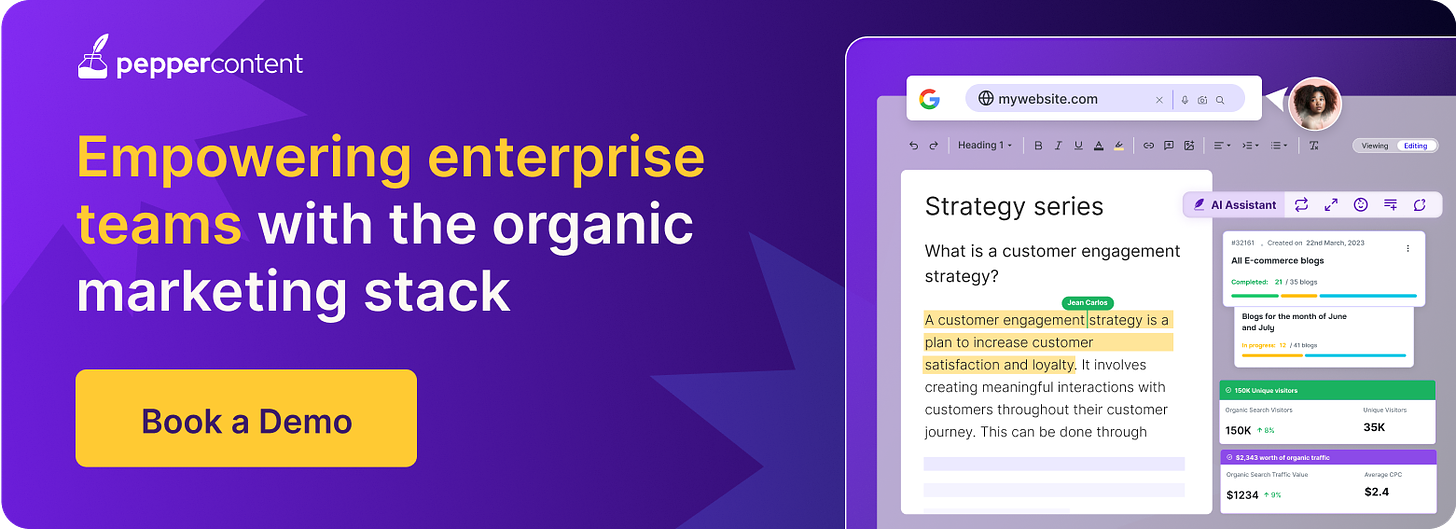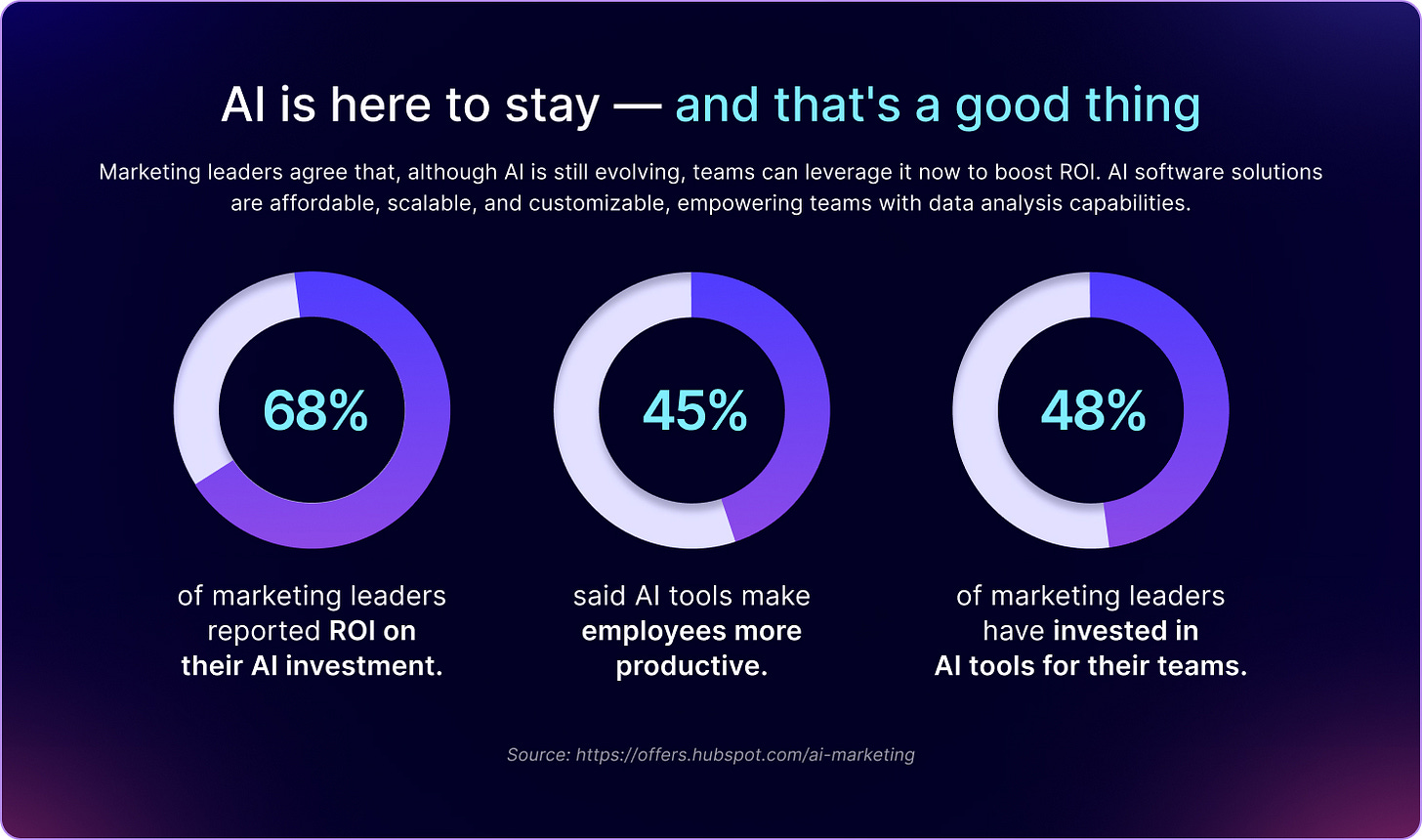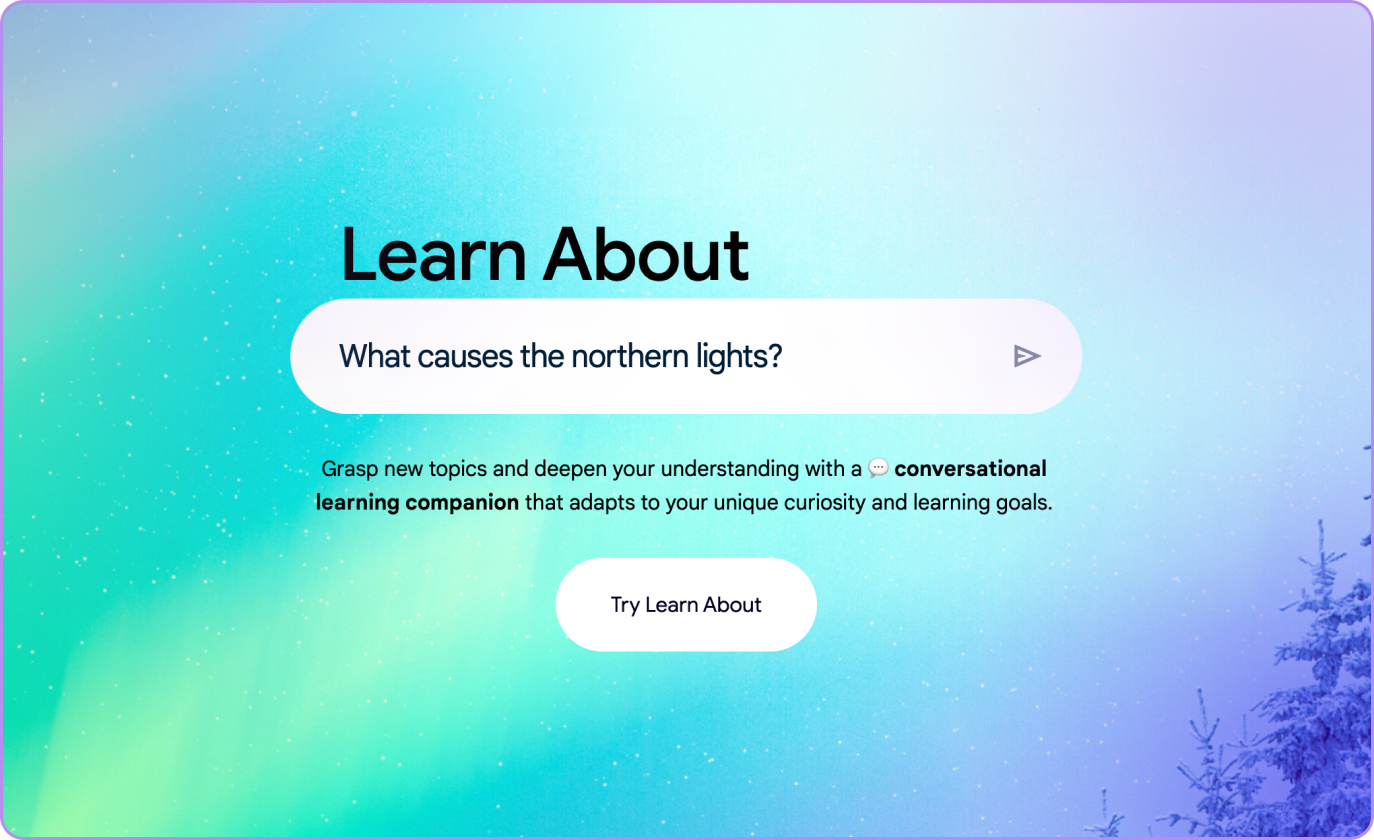Stop creating informational SEO content
AI is killing the worst kind of B2B content, and that's something we can all be thankful for.
Joe Lazer is the best-selling author of The Storytelling Edge and the fractional head of content & comms at A.Team.
When I first left the media world to run content for a tech company, one of my first “oh crap” moments was when we hired a new head of demand gen, and he would not stop harassing me to create an elaborate landing page that answered the question, “What is content marketing?”
Until then, I’d run our blog and newsletter like an editorial site, and it was going swimmingly: Our voice-y analysis and original research of the content marketing industry had helped us grow to more than 100,000 subscribers and millions of readers in less than a year. We followed SEO best practices but didn’t create content for SEO alone. The new demand gen head wanted to change that.
My argument against this was that a) our target buyer already knew what content marketing was, and b) generic, informational “What time is the Super Bowl?”-style blog posts were dumb.
He argued that we were the leading content marketing platform and should rank for that query, which got quite a lot of traffic.
In hindsight, he was probably right, but I was 26, stubborn, and hadn’t yet been marketing-pilled. It took a few months and some thinly veiled threats before I gave in. (And after all that, despite 3,000 words of generic drivel, it never really boosted our ranking.)
To be honest, I’ve always hated the “informational content” strategy that’s infected B2B content marketing, which uses SEO as an excuse to create generic content that may drive traffic but is unlikely to convert actual customers. And now, I bring good news: That strategy is officially dead! Or at least it should be.
According to new research from Ahrefs, 99.2% of informational searches, like “What is content marketing?” now return an AI Overview. This means that creating informational content is pointless; it will not drive clicks.
And as the holiday approaches, that’s something I can truly give thanks for.
The AI Hype Matrix maps the latest AI news stories across an unimpeachable scale of Hype (everyone is talking about this!) and Fear (will this kill my career? Will this kill EVERYONE?). Here’s this week’s rundown.
What do Super Bowl commercials and Shakespeare have in common? AI is coming for both. This week, Coca-Cola announced it’s letting AI take a crack at the brand’s iconic "Holidays Are Coming" ads. And according to a new study, it turns out people actually prefer ChatGPT's poetry to the Bard's sonnets. Shall I compare thee to a neural network?
The headlines this week aren’t all about art and algorithms — there’s some politics sprinkled in there too (it is 2024 after all). In San Francisco, OpenAI's Sam Altman is joining Mayor-elect Daniel Lurie's transition team. In other eyebrow-raising news, Elon Musk's X is suing California over its new AI deepfake law, arguing that the regulations violate free speech.
Meanwhile, traditional media is officially wading into AI waters: The Wall Street Journal is testing AI-generated "Key Points" summaries, and HarperCollins is striking a deal to provide authors' works to AI companies — though for now, they're letting writers opt-in before their prose gets fed to the machines. And speaking of monetization, Perplexity is beginning to experiment with ads, claiming that subscriptions alone aren't enough to build a sustainable revenue-sharing program.
Put your money where your model is
AI isn’t just a vibes thing anymore for marketers: According to recent HubSpot data, 68% of marketing leaders are seeing actual ROI from their AI investments. What’s more, nearly half of leaders have already introduced the tech to their teams, and of those adopters, 45% report increased productivity.
Brianna Valleskey shares tips for content that actually converts
Brianna Valleskey, head of marketing at Inscribe, graciously shared insights from her decade-plus of experience scaling B2B content teams.
Here are a few takeaways from the convo:
Whatever you call it — omnichannel, multi-format, content maximalism — think beyond blogs. Today's content managers need to be versatile in creating videos, visuals, and graphics while understanding how to deploy them across different stages of the marketing cycle.
Success in content marketing should be measured through both growth metrics (company impact) and insight metrics (content performance), with particular attention to conversion rates of different content types.
When building a content team, structure should be dictated by your audience needs rather than a one-size-fits-all approach. For more efficient scaling, consider using a network of freelancers and agencies to bolster your in-house team.
For effective content repurposing, start with a substantial cornerstone piece (like an ebook or webinar), identify your top three distribution channels, and strategically break down the content into channel-appropriate formats.
Today's B2B content is becoming more B2C-esque, incorporating human elements and humor while maintaining a customer-centric approach.
Read the full Q&A with Valleskey here.
Put your learning hat on
Do you consider scouring obscure Reddit threads on string theory a solid Saturday night? For the chronically curious, Google's Learn About tool is a conversational learning companion that lets you upload documents, ask questions, and explore curated topics, then serves up personalized explanations with relevant media and interactive guides. The tool is designed to meet you at your level — whether you're a complete newbie to a topic or just need a quick refresher.
Strike the right humblebrag balance
Ever notice how some brands nail the balance between confidence and humility, while others come off like that guy at the party who won't stop talking about his crypto portfolio? This week's prompt helps you master the delicate art of brand storytelling that showcases your achievements without triggering eye rolls.
Suggested prompt text:
"Rewrite these five marketing achievements ([list them]) in 10 different ways, ranging from subtly confident to outrageously boastful. Analyze which versions best align with our brand voice."
















